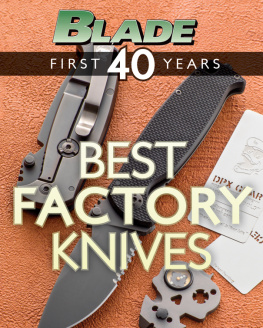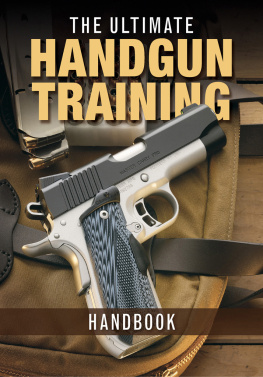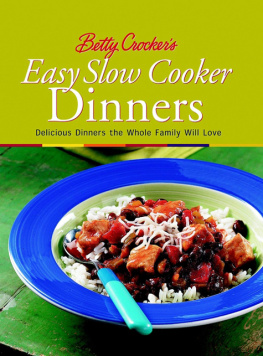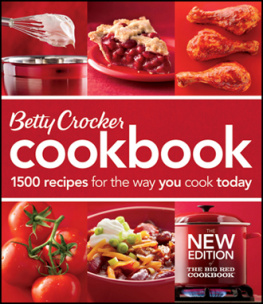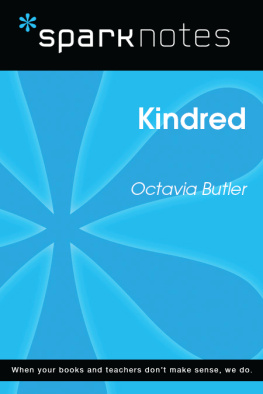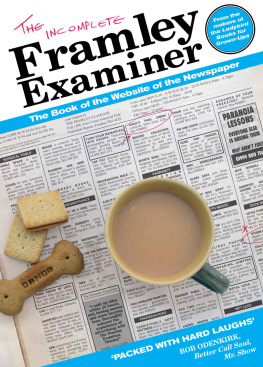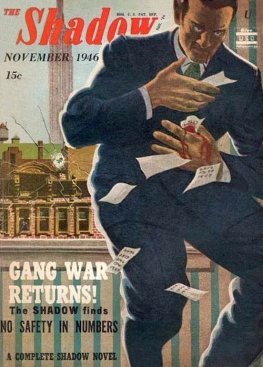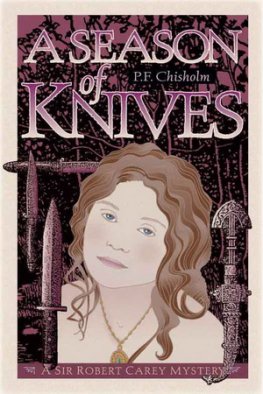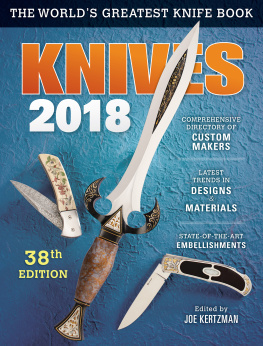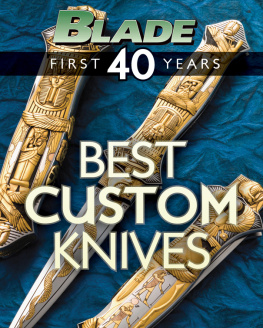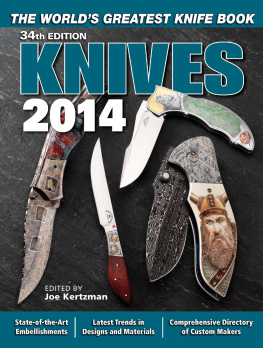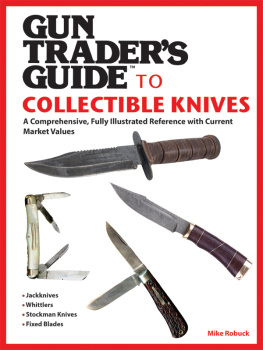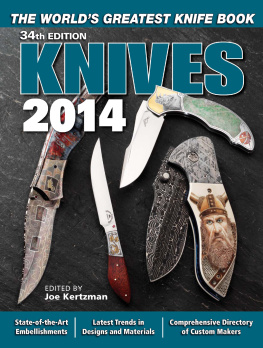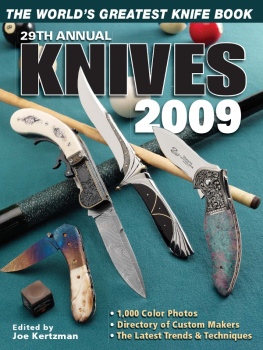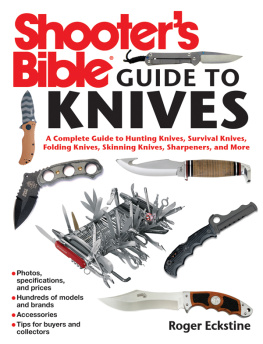Thank you for purchasing this Gun Digest eBook.
Sign up for our newsletter and receive special offers, access to free content, and information on the latest new releases and must-have firearms resources! Plus, receive a coupon code to use on your first purchase from GunDigestStore.com for signing up.
or visit us online to sign up at
http://gundigest.com/ebook-promo
Contents
Chapter 1
Best Factory Knives 1973-1988
Chapter 2
Best Factory Knives 1989-2000
Chapter 3
Best Factory Knives 2001-2012
Chapter 1
Best Factory Knives 1973-1988
They may have been your fathers knives or your grandfathers knivesthey may even be your knives.
To help celebrate its 40th anniversary, BLADE released a three-part series recognizing the top 40 factory knives over that span (1973-2013). The first chapter pinpoints the top factory knives from 1973-88.
We compiled a list of some top factory knives over that stretch and submitted them to a panel of veteran knife observers and asked them to select their top five to 10or however many they felt comfortable choosing.
Though top factory knives can be subjective, we determined a top factory knife is one that excelled in terms of setting a standard that other companies attempted to emulate, and/or excelled in quality of craftsmanship, originality and creativityor both.
We no doubt inadvertently omitted knives that should be included. As a result, we asked our panel members to add those and rank them in their lists, too.
The panel members: knife writers James Morgan Ayres, BLADE field editor Kim Breed, Durwood Hollis, Blade Magazine Cutlery Hall-Of-Fame member Bernard Levine and Mac Overton; Pete Cohan, former curator of the National Knife Museum; writer/photographer Terrill Hoffman; Roy Huntington, editor of American Handgunner Magazine; and Rick Thronburg of William Henry.
Some of the knives ranked herein were made before 1973. However, they remained very popular in the time (1973-88) in question and so are included for that era.
Also, certain knives introduced between 1973-88 are not included because they did not become widely known/popular until later. We hope to include those in part two of the story.
Finally, though some may disagree, we included knives made by Bo Randall and/or the Randall shop as factory knives and not as custom knives.
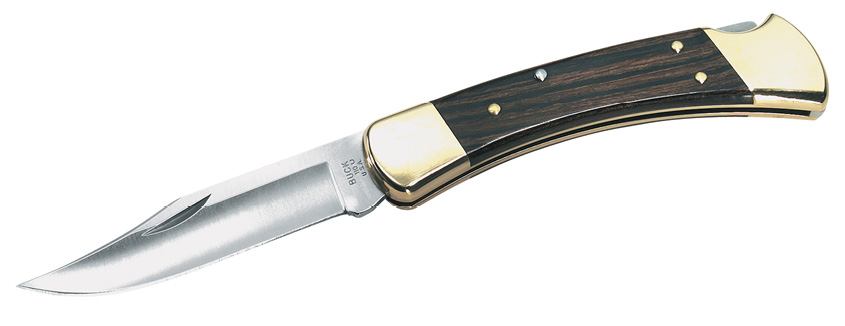
Buck 110
The Buck 110 folding hunter was the first large folder to gain popular acceptance with military and civilians alike, Ayres observed. It was worn in pouches on the belts of working guys, hippies, college professors, soldiers, sailors, doctors, lawyers and Indian chiefs. It was everymans knife for more than a decade and firmly established the place of the large folder, thereby setting the stage for what came next.
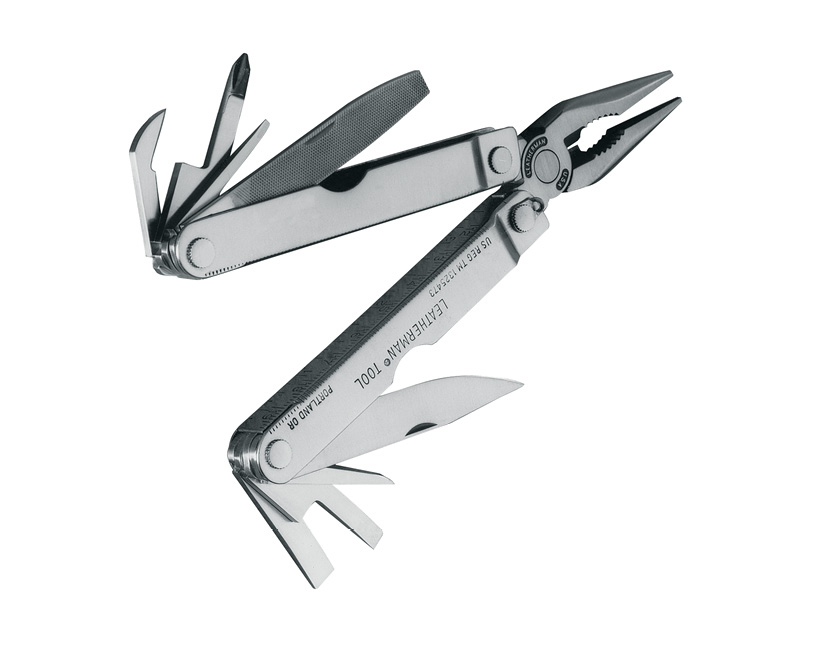
Leatherman Tool
It was a gadget for everyman, Hoffman observed. Basically, it was the Boy Scout knife for adults. However, its greatest fame would come from the number of tools created to imitate it. If imitation is a form of flattery, the Leatherman is blushing.
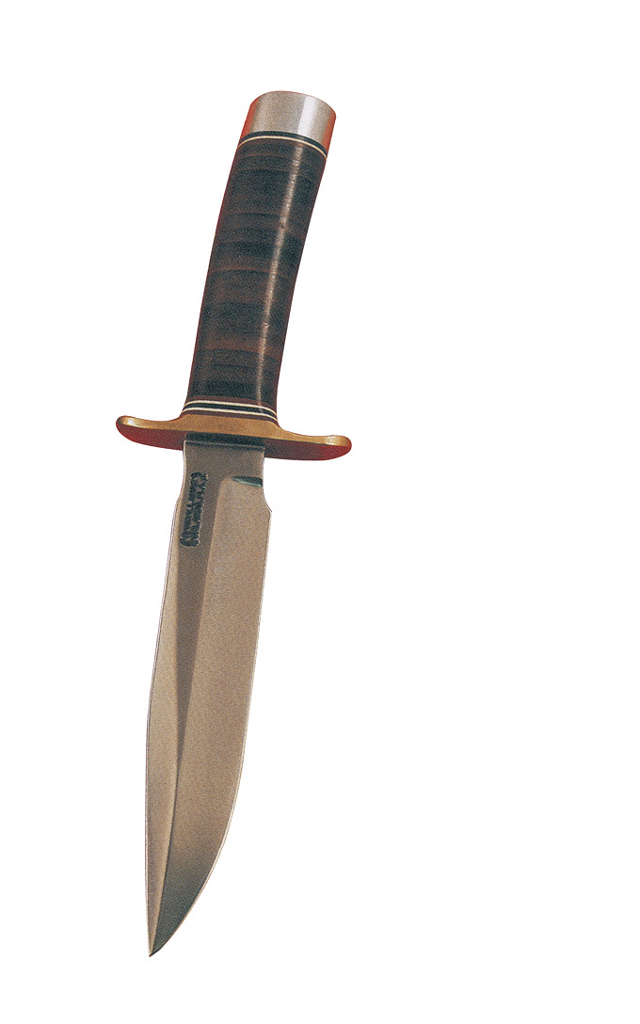
Randall Model 1
While more of a semi-production shop than a true factory, Randall was not only one of the very first custom high-quality knifemakers, but also one of the first to both market themselves nationally as such, and then deliver the goods to an eagerly buying public. Their role as a part of the carry gear of combat soldiers helped to keep their legend spreading, and reviews in early knife articles helped to make Randall the knife to dream about owningespecially the iconic Model 1, Huntington noted.
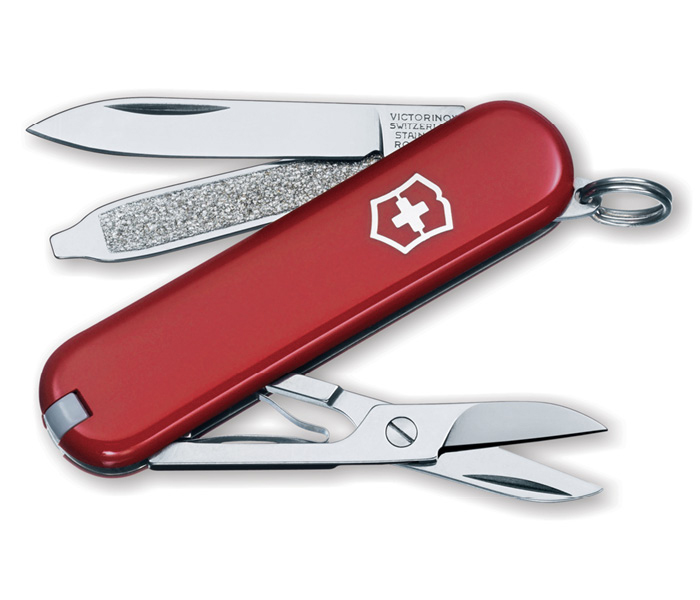
Victorinox Classic
There is no other small folding utility that can match the clever design and construction that is the modern-era pocketknife, Cohan observed. It is carried by knife enthusiasts as well as the general public, both men and women, more than any other small knife. It, like others on this list, is an icon that persists across time and cultures.
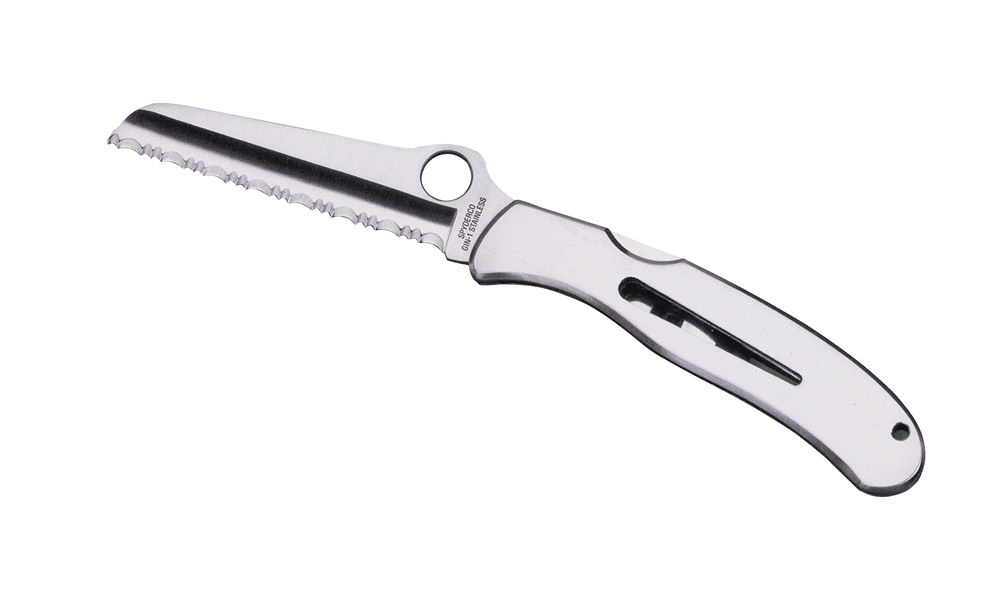
Spyderco Mariner
I had one of the early ones, Huntington remembered. Suddenly, every other folder was ancient technology. The thumb hole, serrations and pocket clip [the Mariner was the first Spyderco knife to have all three features] made it a must-have for anyone needing a handy pocketknife. It soon found a place in the pockets of working copsfollowed by the Spyderco Police soon aftersoldiers, rafters, craftsmen and construction workers. All found this almost magical, lightweight, versatile companion the do-all tool they needed. Spyderco raised the bar on personal folding knives and wasas such things usually gocopied by everyone soon after.
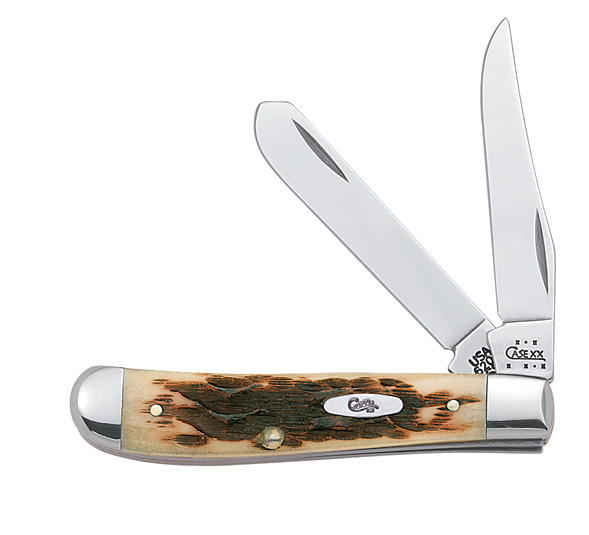
Case Trapper
This folding knife pattern has a rich history in American cutlery manufacturing, Cohan observed. Its the iconic Case design that is and continues to be one of the most popular patterns over the past 40 years.
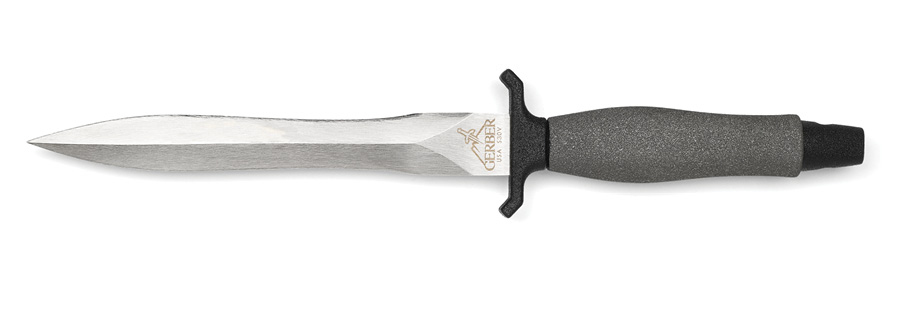
Gerber Mark II
The Mark II created a new era of the combat knife by mixing modern materials to ageless designs, Hoffman stated. Although its use in combat may have been very limited, it made every soldier feel as he was as prepared as the OSS of World War II.

AL Mar SERE
I think this was the pattern that opened the door to the birth of the tactical knife market, Thronburg opined, a boom that is still on the upswing three decades later.
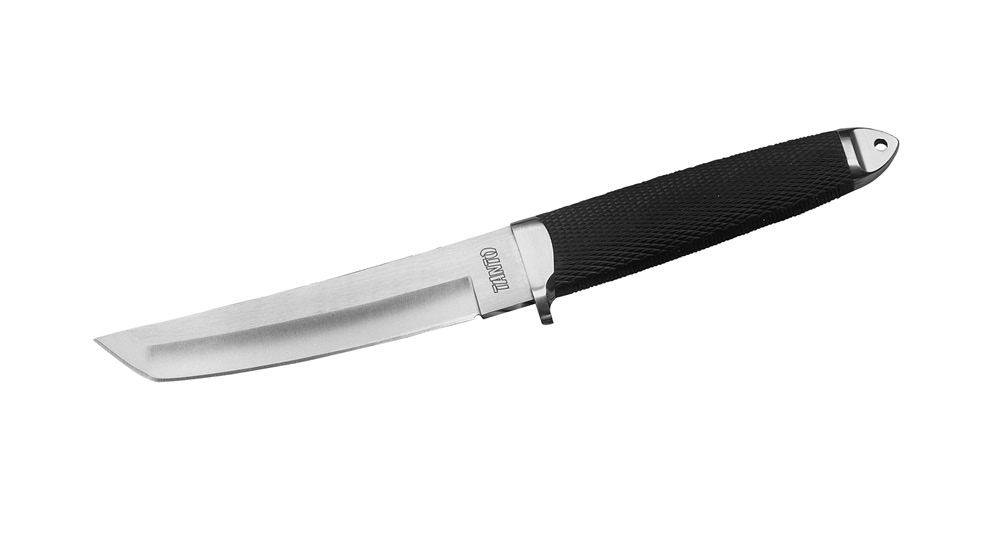
Cold Steel Tanto
The original Cold Steel Tanto was, as its advertising said later, quality from day one, and set the pace for future Cold Steel products, as well as those from other companies, some of which were great quality, some of which were junkcaveat emptor. Its legendary toughness set the standard for Cold Steel and a goal for others to aspire to, Overton observed.


